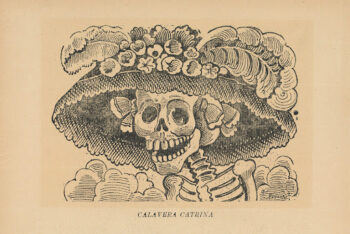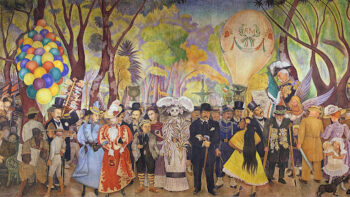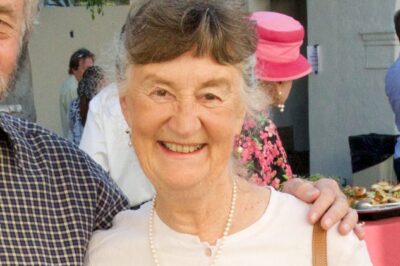The Catrina Skull Makeup + Día de los Muertos
The Origins of Día de los Muertos
Día de los Muertos, or the Day of the Dead, is a Mexican holiday celebrated on November 1st and 2nd each year. Its roots can be traced back to the indigenous peoples of Mexico, particularly the Aztecs, who believed in the cyclical nature of life and death and that death was not the end, but a part of a continuous journey. When the Spanish colonizers invaded Mexico, they syncretized these indigenous beliefs with Catholicism, resulting in the modern-day Día de los Muertos.
Historical Roots of the Catrina Skull
The iconic Catrina skull makeup has its origins in Mexico’s pre-Columbian past, with influences from Aztec and Mayan traditions. However, it became widely recognized as a symbol of Día de los Muertos during the 20th century, particularly through the work of Mexican artist José Guadalupe Posada. Posada’s famous etching, “La Calavera Catrina,” or “The dapper lady’s skull” depicted an elegantly dressed female skeleton with a plumed hat, satirizing the Mexican elite’s emulation of European fashions.

This satirical commentary marked a turning point in the evolution of the Catrina image, as it transformed into a symbol of both mortality and the defiance of social stratification.
Painter Diego Rivera later blended the image with the iconography of cultures native to Mexico, taking the image beyond the realm of politics and into the collective imagination of cultural and religious symbolism.

Dream of a Sunday Afternoon in Alameda Park, Diego Rivera (1947)
Symbolism of the Catrina Skull
Memento Mori | At its core, Catrina makeup is a reminder of the impermanence of life. It serves as a “memento mori” or a symbol of death, encouraging us to appreciate the present and cherish our time with loved ones.
Celebration of Life | Paradoxically, Catrina makeup isn’t solely about death. It is a vibrant celebration of life, as it adorns the living during the Día de los Muertos festivities. It signifies that life and death are interconnected, and the departed should be celebrated rather than mourned.
Respect and Remembrance | Wearing Catrina makeup is an act of respect and remembrance. It honors the memory of deceased family members and friends, as well as historical figures and ancestors. The intricate makeup serves as a tribute to their legacy.
Unity and Community | The shared practice of applying Catrina makeup fosters a sense of unity and community during Día de los Muertos. People of all ages come together to transform themselves into skull-adorned revelers, emphasizing that death is a universal experience that unites humanity.
Satirical and Political Symbolism | Catrina makeup retains its historical satirical roots. It reminds us that in the face of mortality, societal distinctions, and superficial concerns become meaningless. The act of dressing as a Catrina mocks vanity, class, and pretentiousness.
Applying the Catrina Skull
Creating Catrina skull makeup is a meticulous and artistic process. It typically involves the following elements:
White Base | The foundation of Catrina makeup is a stark white base. This represents the skull and acts as a blank canvas for the intricate designs that follow.
Elaborate Designs | Elaborate and colorful designs, often featuring flowers, swirls, and cobweb-like patterns, adorn the face. These designs can vary widely and are a personal expression of the wearer’s creativity.
Marigold Petals | Marigold petals, or cempasúchil, are often added to the makeup. Marigolds are considered the “flower of the dead” and guide spirits to the ofrendas, or altars, where their loved ones leave offerings.
Ornate Headdresses | In some cases, individuals don ornate headdresses, recalling the plumed hats worn by the original “La Calavera Catrina”.
Choosing to wear the Catrina makeup, with respect for its roots, can be a wonderful way to participate in this holiday, regardless of one’s own personal origins. The Catrina skull makeup in Día de los Muertos is not scary or terrifying, it simply celebrates the present moment as a symbol of life, death, and the profound connection between the living and the departed. It further reminds us to embrace the transient nature of existence, celebrate the lives of those who have passed, and unite in our shared humanity.
Learn more about Mariachi music in celebrating Día de los Muertos in our other blogpost.



